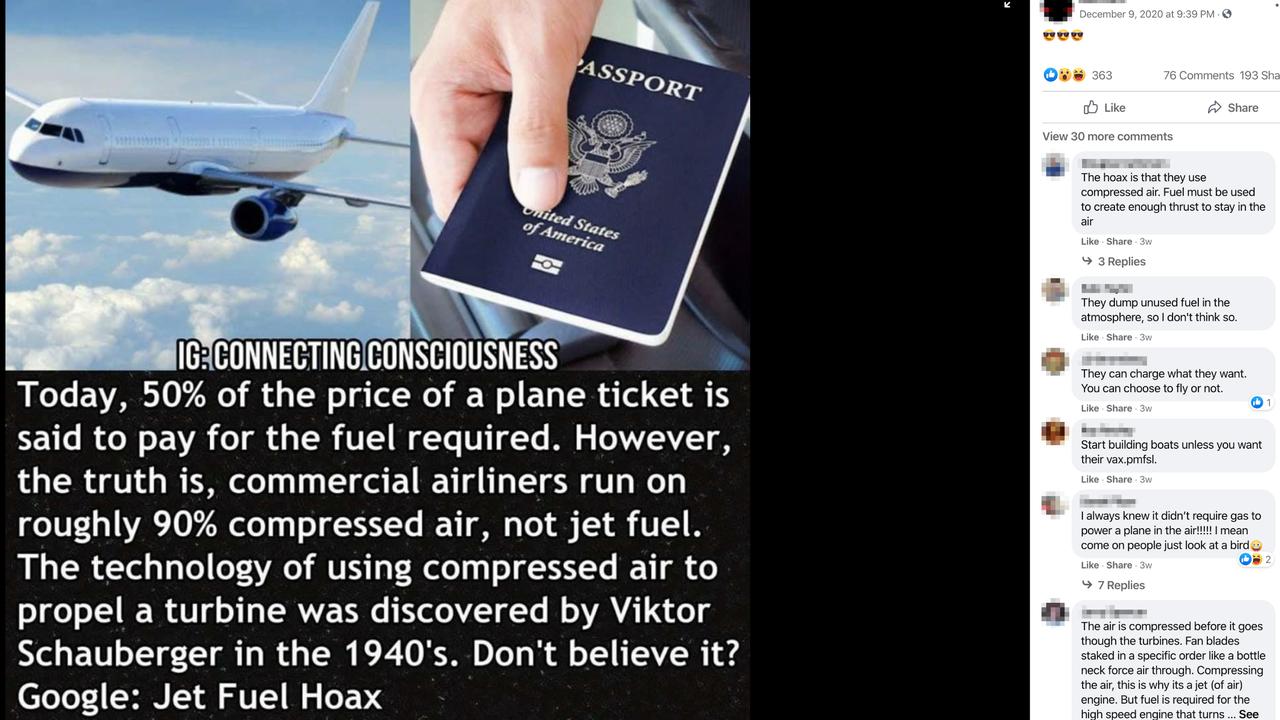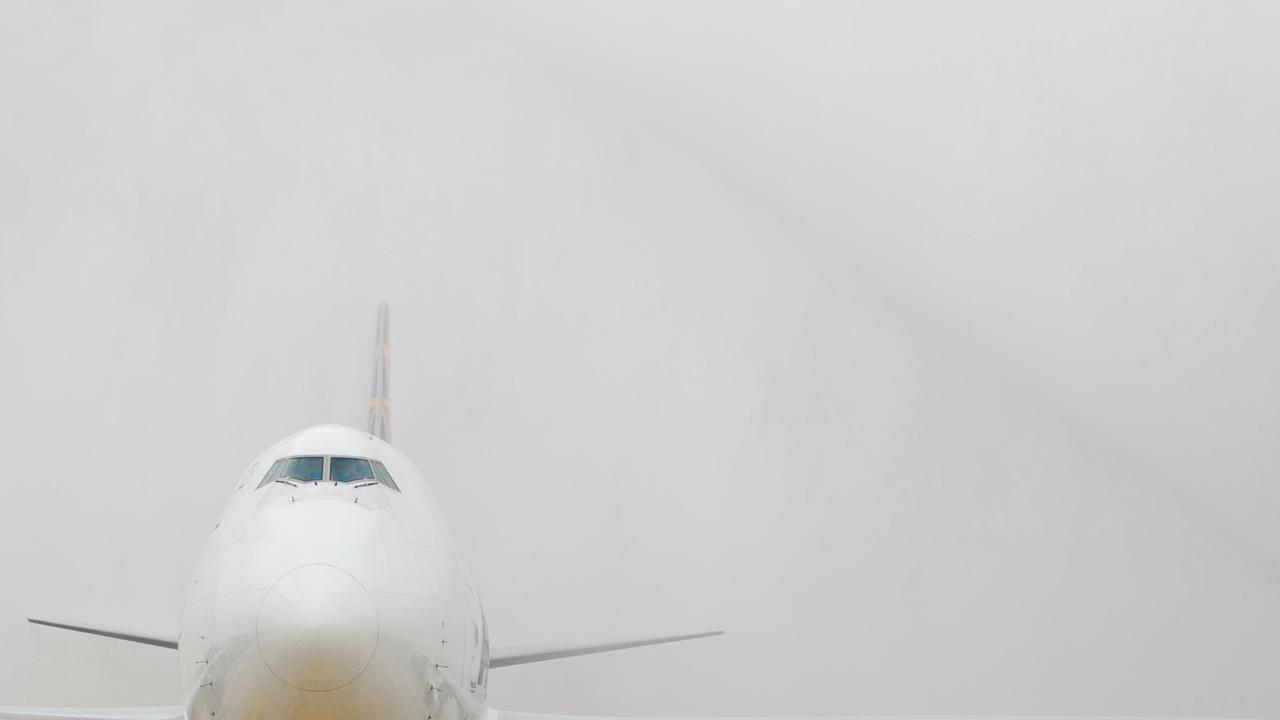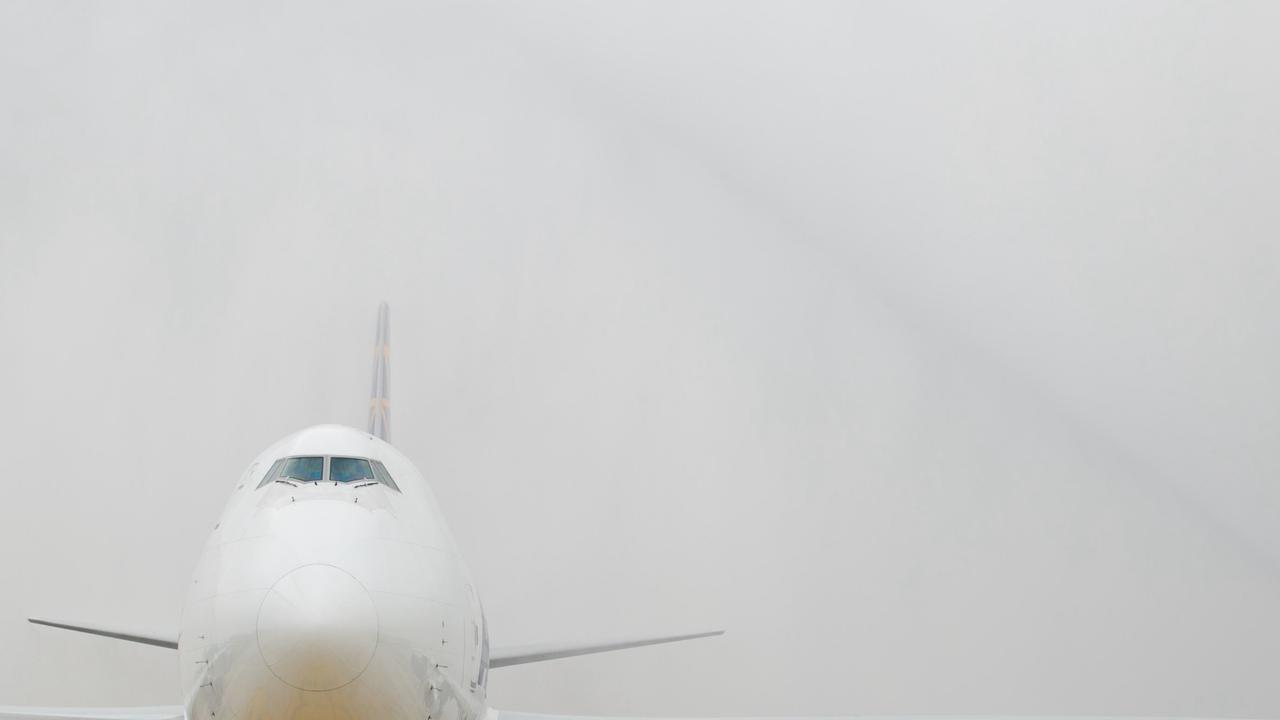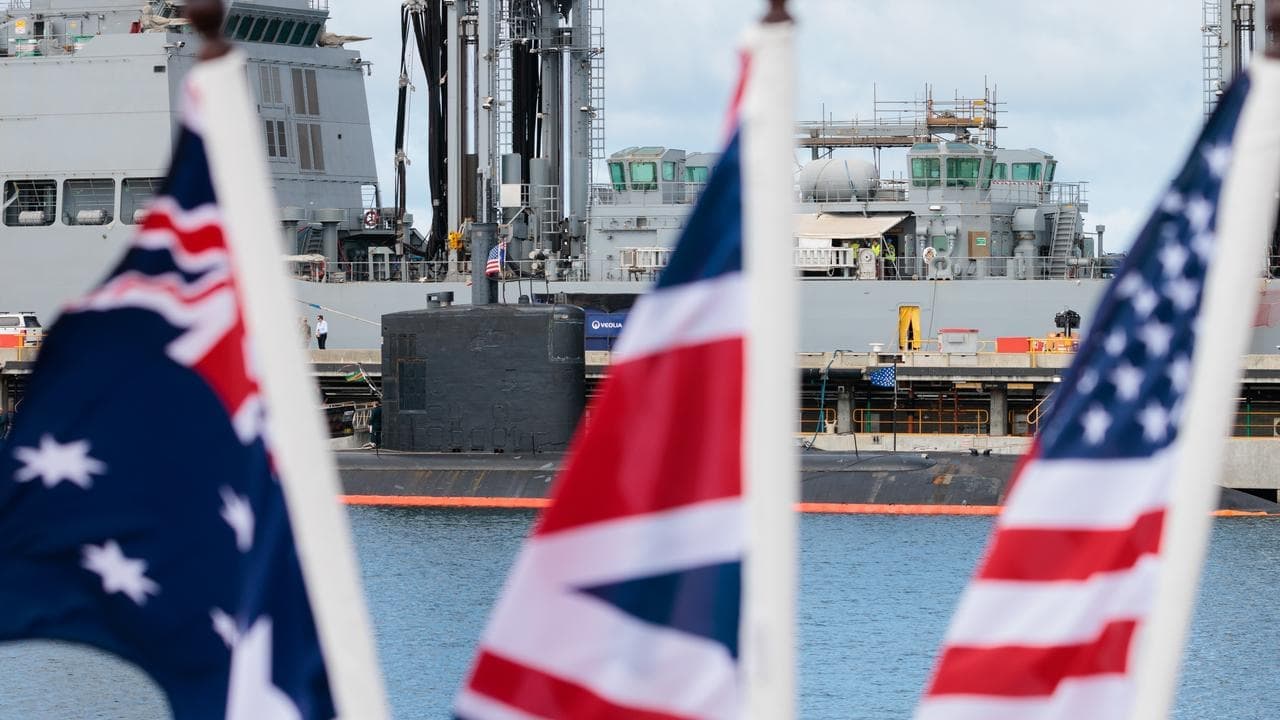The Statement
A meme alludes to a so-called "jet fuel hoax", claiming that passenger planes run almost entirely on compressed air despite half the cost of airfares purportedly going towards the cost of fuel.
The text in the meme reads: "Today, 50% of the price of a plane ticket is said to pay for the fuel required. However, the truth is, commercial airliners run on roughly 90% compressed air, not jet fuel. The technology of using compressed air to propel a turbine was discovered by Viktor Schauberger in the 1940's. Don't believe it? Google: Jet Fuel Hoax."
A user listed as living in Australia shared the meme in a December 9 Facebook post to a public group with more than 85,000 members. At the time of writing, the post had been shared more than 190 times, attracting over 430 comments and reactions.

The Analysis
The COVID-19 pandemic may have stalled the international aviation industry, but it hasn't grounded inaccurate claims about jet fuel's impact on the cost of plane fares.
The post's suggestion - that passengers are paying inflated prices for plane tickets when planes run mainly on compressed air - is not new. One YouTube video from March 2018 that has been viewed more than 360,000 times claims in its caption to "look at the deception being perpetrated by the aircraft manufacturers and airlines charging for fuel they don't use".
The video suggests only small amounts of fuel are needed to get a jet engine up to speed, however "in cruise mode the engines use very little to no fuel whatsoever" (video mark 12min). "We are being charged huge amounts for fuel that doesn't exist. It's not needed to fly these amazing machines," the narrator says.
AAP FactCheck analysed the two main claims in the Facebook post: that airliners are powered mainly by compressed air, and that 50 per cent of the price of an airline ticket is said to pay for the fuel required to fly.
The US Department of Transportation acknowledges fuel costs are among the largest and most variable airline expenses, and one that "directly impacts the price of an airline ticket".
Citing data from the Bureau of Transportation Statistics, the department said fuel costs represented between 15 and 20 per cent of airlines' total expenses in a September 2019 update.
The data showed in the first quarter of 2019, $5.2 billion, or 16.5 per cent, of US airlines' $31.5 billion in domestic operating expenses was spent on fuel. In comparison, labour costs accounted for $10.5 billion, or one-third, of the total.
The figures are consistent with earlier industry analyses, such as a 2013 breakdown by trade association Airlines for America which said 21 per cent of a domestic round-trip ticket price went on fuel costs.
Even the pandemic-induced hit to airlines' bottom lines appears to have left the equation broadly unchanged. For example, in its annual financial results, covering the year to June 2020, Air New Zealand reported that fuel accounted for one-quarter of its operating expenditure (page 2).
Jet engines function by sucking in air, which is then compressed and combined with fuel before the mixture is ignited, as explained by NASA. The burning gas expands and is pushed out of the engine, producing thrust and propelling the aircraft.
Dries Verstaete, an associate professor in aerospace design and propulsion at the University of Sydney's School of Aerospace, Mechanical and Mechatronic Engineering, told AAP FactCheck the claim in the post was misleading rather than outright false.
While it is true that the majority of the ignited mixture in jet engines is made up of compressed air, without fuel there would be no thrust - regardless of the proportion of air involved.
"The atmospheric air is compressed inside the jet engine, fuel is burned to add energy to it, and then it is expanded downstream of the combustion chamber," Dr Verstraete said in an email.
"Part of the energy derived from that expansion is used to compress the air, the remainder is used to generate a high-velocity jet. Without fuel, the compression and subsequent expansion of the air would not be able to generate this high velocity jet, and thus there would be no thrust.
"In the combustion, the energy of the fuel is 'added' to the air which allows it to generate more energy during the expansion than was needed to compress it. The excess energy is converted into thrust."
Similarly, a car's internal combustion engine uses a compressed air-fuel mix in order to provide power to the wheels.
"The mechanics are very different but the comparison does hold," Dr Verstraete said. "The majority of the mass in a car engine is air. It just produces power instead of thrust."
Dr Verstraete noted that the fuel costs involved in operating commercial aircraft depended heavily on the type of flight.
A 2018 Chinese study found fuel's contribution to airlines' direct operating costs ranged from 4 per cent for smaller short-haul flights when fuel was cheap to 45 per cent for the largest planes on ultra long-haul routes when fuel was expensive (appendix A).
"The so-called direct operating costs, costs that can be directly associated with a specific flight, are typically around 50 per cent of the total cost. That is probably where that number (in the meme) is coming from," Dr Verstraete said.
"These direct operating costs include fuel, but also maintenance, crew, insurance, depreciation, interests and landing fees."
Dr Verstraete said planes burned a proportionally high amount of fuel on takeoff, however the bulk was consumed while aircraft were cruising as this period generally made up the vast majority of flight time.
"A flight from Sydney to Canberra, for instance, will have a different breakdown in fuel use than a flight from Perth to London. Typically, the takeoff fuel will be less than 1 per cent of the total fuel burned of the flight, although this percentage can be a bit higher for the shorter flights," he said.

The Verdict
The main claim in the post, that airliners run mainly on compressed air, is misleading. While jet engines use a large amount of compressed air to operate, this is combined with fuel and ignited to produce thrust and propel the aircraft.
The secondary claim, that 50 per cent of airfares are to cover the cost of fuel, is false. Fuel costs typically make up around 20 per cent of airlines' operating expenses, with the share per flight varying widely depending on the distances involved.
Partly False – Content that has some factual inaccuracies.
AAP FactCheck is an accredited member of the International Fact-Checking Network. If you would like to support our independent, fact-based journalism, you can make a contribution to AAP here.












